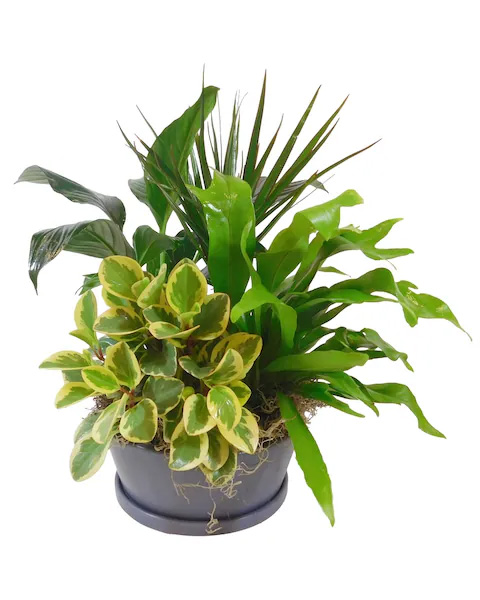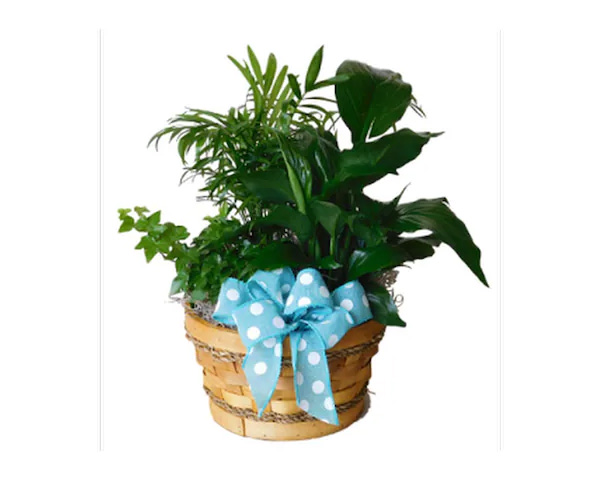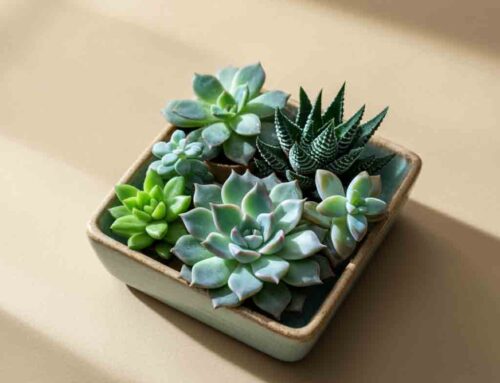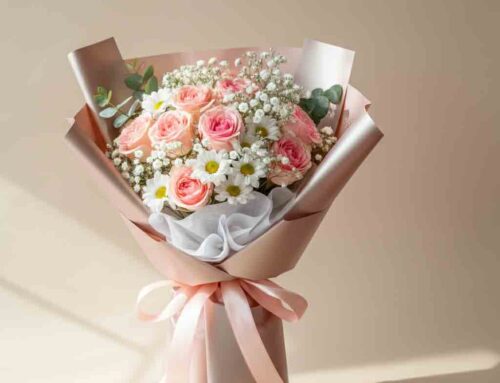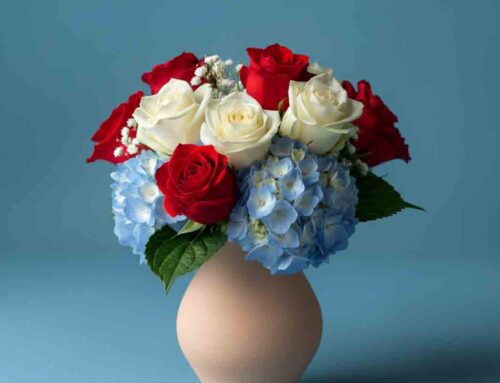Watson’s Flowers
Discover the Delights of Winter House Plants. The winter season often brings with it a longing for the lush, vibrant hues of nature, and what better way to satisfy that yearning than by inviting the verdant beauty of indoor plants into your home? Winter house plants do not just fill a decorative niche but come with a bundle of benefits. In this post, we will explore these advantages and introduce you to some stunning winter wonders that are easy to care for and can transform your interior spaces.
Special Discount Offers for Our Blog Visitors
Low Light Requirement
Winter is synonymous with shorter days and diminished light, but did you know there are house plants that actually flourish in these conditions? Plants like the peace lily, snake plant, and pothos, have adapted to survive in low light and even appreciate the winter’s subdued illumination. This makes them the perfect companions for spaces that lack the summer’s abundant sunlight, ensuring greenery is still a part of your home’s winter wardrobe.
Improving Air Quality
One of the more surprising benefits of house plants is their ability to purify the air. Many varieties, such as spider plants and rubber plants, act as natural air filters. They absorb common household toxins, providing a breath of fresh air inside when it’s too chilly to venture outside. Integrating these plants into your space doesn’t just elevate oxygen levels but also helps to remove pollutants that are prevalently trapped indoors during winter.
Aesthetic Value
Aesthetics play a significant role in choosing house plants, and winter varieties offer a stunning array of options to enhance your décor. From the lush, deep greens of ferns to the vivid blooms of Christmas cactus, these plants add a touch of sophistication to any room. They serve not only as standalone pieces of natural art but also as a means to tie together various elements of your home décor, giving life and color to every corner.
Easy Care
Perhaps the most inviting feature of winter house plants is their reputation for being low maintenance. These resilient species require minimal watering, feeding, and care — an ideal match for the busy homeowner or those new to plant parenthood. With a little attention, they can remain vigorous and attractive throughout the colder months, easing the oft-dreaded workload that can be associated with more demanding plants.
Unique Selling Points
Best Varieties of House Plants
When choosing winter house plants, it is important to consider the conditions of your home and your ability to provide the care that specific varieties require. Here are some hardy and attractive plants that are well-suited to indoor living during the winter months:
- Peace Lily: An elegant plant with dark green leaves and white flowers, the peace lily thrives in low light and requires minimal care. It is also known for its air-purifying abilities.
- Snake Plant: Tough and resilient, snake plants can survive in a variety of conditions, including low light and dry heat. They are famous for converting CO2 into oxygen at night, promoting better sleep.
- Pothos: These plants are popular due to their beautiful trailing leaves. They can survive in a variety of lighting conditions and require infrequent watering.
- Spider Plant: One of the easiest houseplants to grow, spider plants are adaptable and forgiving. They produce tiny white flowers and have air-purifying properties.
- Rubber Plant: With its glossy, dark green leaves, the rubber plant is a beautiful addition to any indoor space. It is also known for its air-cleaning properties.
In essence, the best winter house plants are those that can thrive in your home’s conditions and align with your lifestyle. Each of these plants brings something unique to your space, enhancing its aesthetic charm while also improving its air quality. Winter house plants come with a host of unique selling points that make them particularly appealing during the frostier months. Their long-lasting beauty ensures they are a cost-effective addition to your home, remaining perennially graceful with the right care. They are natural mood lifters, brightening up your interiors when skies are often grey, directly impacting your well-being by bringing a sense of the outdoors in. A variety of options means you can find fresh flowering plants for pops of color, or lush green foliage for a more understated elegance.
Conclusion
As the nights draw in and we spend more time indoors, it is the perfect opportunity to enhance our living spaces with the simple beauty of winter house plants. Whether you are a seasoned plant lover or looking to start your collection, these winter-friendly varieties offer a host of benefits that go beyond the mere decorative, creating a healthier, more inviting atmosphere in your home. So why not bring a piece of the garden indoors this winter and enjoy the tranquility that these delightful house plants can provide? Embrace the cold season with warmth and greenery – your senses (and your health) will thank you!
Watson’s Flowers Offers Fresh Green and Flowering Plants
We sell beautiful flowering plants, live green plants, tropical and exotic plants and high desert succulent plants. Each plant we sell comes with our 100% customer satisfaction guarantee. Plants are appropriate gifts for many different kinds of occasions. Shop online or stop by our floral design centers to see all of the many great plant and floral options we have available.
There are some major differences between indoor and outdoor plants. Houseplants are often more delicate than outdoor plants and require more care. Indoor plants need less water than outdoor plants, but they also need more light. You’ll need to keep the soil moist but not soggy, and make sure that the soil drains well so that your plant doesn’t get waterlogged.
If you are looking for a new houseplant, we have some great ideas for you! Here are our top five choices:
1. Peace Lily: The peace lily can be grown in both sun or shade and is easy to care for. It doesn’t need much water and grows best when it is watered regularly throughout the summer months (May through September). Peace lilies are also referred to as spathiphyllum. It’s a relatively common houseplant that’s often seen in offices and homes, with its low-maintenance requirements and long lifespan.
People tend to buy spathiphyllums more frequently during the winter months than any other time of year. The holidays are coming up soon, so now might be a good time to start planning how you’re going to celebrate!
2. African Violets: African violets can be grown in either shade or full sun and prefer moist soil with good drainage. You should water them regularly during their growing season (April through October). They grow best in temperatures between 60 degrees Fahrenheit and 80 degrees Fahrenheit at night time.”
African violets are beautiful, easy-to-grow plants that are great for people who don’t have a lot of time to spend on their plants. They’re perfect for beginners, too—and they can be grown indoors or out.
These plants are members of the Gesneriaceae family and were first discovered in Africa in the 19th century. Since then, there have been hundreds of varieties created with different colors, shapes, and sizes. They’re named after their discoverer—Walter Adolphe Neidenbach—and grow best in indirect sunlight.
If you’ve never had an African violet before or aren’t sure where to start, check out [link] for tips on everything from where to buy them to how often to water them!
3, Diffenbachia: Diffenbachia is a plant that is native to Central and South America. It’s also known as the Swiss Cheese plant because of its colorful patterned leaves, which look like tiny slices of cheese. In fact, it’s often used in floral arrangements or as a houseplant because it’s easy to care for, grows quickly, and requires little sunlight.
Diffenbachia plants are popular among those who want to add a bit of color to their home without taking on the responsibility of caring for a full-size tree or shrub. They’re also great for children’s rooms and offices because they don’t require much attention to stay healthy.
4. Kalanchoe: Kalanchoe plants are succulents that are often used as houseplants. They have thick, fleshy leaves and produce small flowers in a wide variety of colors.
The most common type of kalanchoe is Kalanchoe blossfeldiana, commonly known as the Mother of Thousands plant. This plant produces new plants from its leaves, so it’s easy to start new plants from cuttings. The other most common types of kalanchoe are Kalanchoe daigremontiana, also known as Kuda (the Baby Jesus plant), and Kalanchoe tubiflora.
Kalanchoe plants can be kept indoors or outdoors depending on the type you choose and how much water they need. If you want to keep them indoors, choose one that has at least six hours of sunlight per day so it can flower properly. You can also bring them outside when the weather is warm enough for them to thrive in their new environment without getting too much sun exposure which would burn their leaves or cause them to wilt faster than usual!
Kalanchoe plants are available year-round but tend to be more popular during springtime due to their flowering nature during this time of year (April-May).
Garden Greens
Garden Greens is a dish garden with a collection of 4″ plants.
Flower Shop Locations
Gilbert
929 N Val Vista Drive, Suite 107
Gilbert, AZ 85234
(480) 632-8700
Mesa
2525 W Main Street
Mesa, AZ 85201
(480) 967-8797
Tempe
2425 E Apache Blvd.
Tempe, AZ 85281
(480) 967-0161

